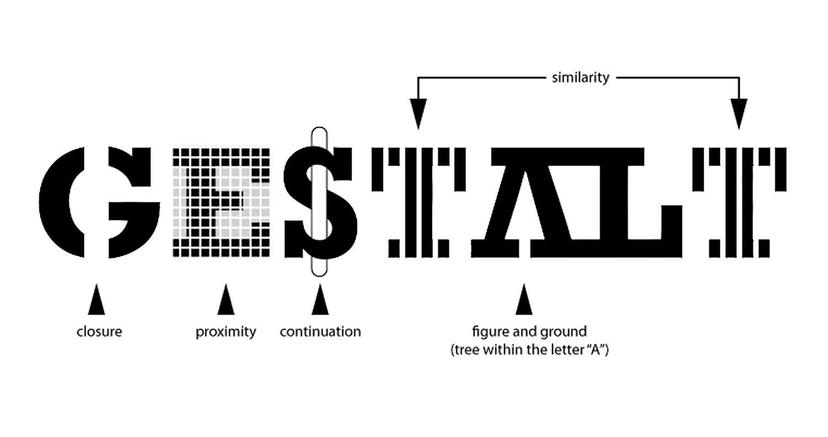Wednesday, December 18, 2024
Beyond Demographics: Aligning Role-playing LLM-based Agents Using Human Belief Networks
![[object Object]](/_next/image?url=%2Fimages%2Frole-playing-llm-based-agents--human-belief-networ_science.jpg&w=3840&q=75)
Beyond Demographics: Aligning Role-playing LLM-based Agents Using Human Belief Networks
As the capabilities of large language models (LLMs) grow, their applications in social simulation and modeling human communicative dynamics continue to expand. However, aligning LLM-based agents with human beliefs and opinions poses a significant challenge, particularly when demographic-based role-playing alone proves insufficient. The recent study "Beyond Demographics: Aligning Role-playing LLM-based Agents Using Human Belief Networks" explores a promising new approach to improve human-LLM alignment by leveraging human belief networks.
The Limits of Demographic Role-Playing
The study begins by questioning the effectiveness of demographic role-playing. While it might seem intuitive to simulate opinions based on demographic profiles (e.g., age, education, income, or political leaning), the findings reveal that this approach falls short. LLMs fine-tuned with human feedback often exhibit consistent stances that do not reflect the diversity of human opinions, regardless of the demographic traits they are prompted to emulate. While this consistency can support fairness and value alignment, it limits the utility of LLMs as models for dynamic human belief systems.
Introducing Belief Networks for Opinion Alignment
Human beliefs do not exist in isolation but instead form coherent networks where opinions on related topics tend to co-occur. For example, those who support social welfare programs may also advocate for higher taxes on the wealthy or universal healthcare. The study capitalizes on this insight, using belief networks derived from a survey dataset of 564 respondents, which spans 64 diverse topics categorized into nine latent factors through factor analysis.
By seeding LLM agents with an opinion on a representative topic within a belief network, researchers found that the agents could generalize and align their opinions on related topics within the same network. This approach significantly outperformed demographic role-playing in aligning LLM-generated opinions with human beliefs.
Experimental Framework
The study tested its hypothesis using six experimental configurations:
-
No-Demo: Role-playing without demographic information.
-
Demo: Including demographic details in the prompt.
-
Train (Same Category): Seeding an agent with an opinion from a topic within the same belief network category.
-
Demo + Train (Same Category): Combining demographic information with a training topic opinion from the same category.
-
Demo + Train (Random Category): Providing demographic data and an opinion from a topic in a different category.
-
Demo + Train + Query: Adding ground-truth opinions for both training and query topics (used as an upper bound).
The experiments revealed that seeding LLMs with a belief in a training topic from the same category (Demo + Train [Same Category]) resulted in significantly better alignment than demographic-based role-playing alone. The alignment was confined to topics within the same belief network, emphasizing the coherence of belief systems.
Key Takeaways
-
Demographic Data Alone is Insufficient: The inclusion of demographic information alone (Demo condition) showed minimal improvement in human-LLM alignment compared to the No-Demo baseline.
-
Belief Networks Improve Generalization: Seeding a single belief topic within the same category (Train [Same Category]) substantially aligned LLM opinions on related topics, validating the utility of belief networks.
-
Best Results with Combined Inputs: The Demo + Train [Same Category] condition outperformed others, demonstrating the synergistic effect of combining demographic information and belief network alignment.
-
Cross-Network Generalization is Limited: Beliefs seeded from unrelated categories (Demo + Train [Random Category]) failed to enhance alignment for query topics, underscoring the specificity of belief networks.
Implications and Future Directions
This research opens up exciting possibilities for human-LLM alignment by leveraging structured belief systems rather than demographic assumptions. Applications range from creating more realistic digital twins for social simulations to modeling complex human behaviors in scenarios like misinformation spread or policy-making.
Future work could expand the scope by exploring belief networks with finer granularity or incorporating more sophisticated models like Bayesian networks. Additionally, evaluating the realism of LLM-generated opinions in open-ended contexts (e.g., social media discussions) could provide insights into their practical applications.
Conclusion
The study demonstrates that aligning LLM agents with human beliefs requires moving beyond demographics. By leveraging belief networks and seeding representative opinions, we can create LLM agents that not only mirror human belief structures but also provide valuable tools for understanding societal dynamics.
Related articles



